

Kutch is India’s second biggest district having a long breadth and width for travelers to explore all the aspects of what Kutch can offer! Kutch Tourism has lot many things to showcase and nothing can be more fascinating than local marvels of Bhuj which offers a true Sprint of Kutch tourism. Its a proven truth when Mr. Amitabh Bachchan claims that “Kutch Nahi Dekha to Kuch Nahi Dekha!” Let's list few key attractions to which must not be missed in Bhuj tourism circuit, Travelers can also visit these amazing attractions during their stay at Kutch Rann Utsav festival.
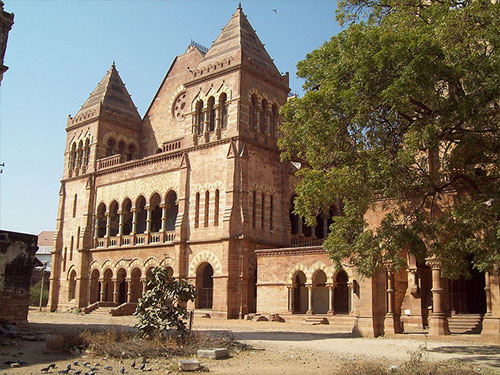
Kutch kings are called Maharaos. Maharao Lakhpatji's antique palace, constructed in traditional Kutchi style, is created in a small fortified courtyard in the old part of the metropolis. It is a beautifully presented Museum and is one of the highlights of a visit to Bhuj. The entrance to the palace homes the tourist office, and that is also the site of the Maharao Madansinhji Museum, which has a varied collection of paintings, images and embroideries. There may be a 15m long scroll depicting the royal procession of Maharao Shri Pragmalji Bahadur (1838-75). Check out the expression at the remaining blue-turbaned figure in this epic portray he appears pretty amazing at having to ignobly lead the procession!
The real enchantment here, even though, is the corridor of mirrors - a truely marvellous creation which was created by way of the master artisan, Ram Singh Malam, under the patronage of his poet-ruler, Maharao Shri Lakhpatji across the center of the 18th century. A blend of Indian and European artistry (Ram Singh acquired, his skills in while staying in Europe), the walls of the splendid hall are of white marble blanketed with the aid of mirrors separated via gilded ornaments, lighting fixtures being furnished by means of elaborate candelabra, with shades of Venetian glass. Its one of the most magical scenery to be seen to believe.
Some other terrific characteristic is the satisfaction pool, in the middle of which rises a square platform in which the Maharao composed his poems and gave encouragement to the classical arts of dancing artists, bards and musicians.
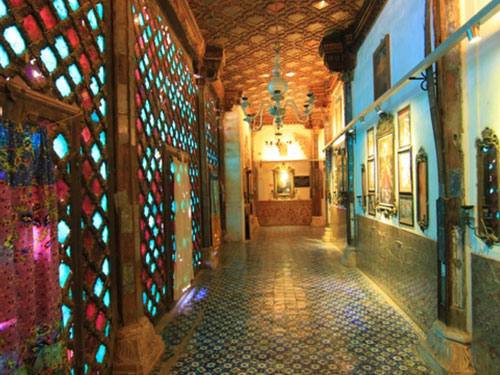
This forty seven foot long scroll vividly depicts the royal procession of Maharao sri pragmalji ii (1838-76 AD) held annually on Nagpanchmi. It changed into drawn in the 12 months 1876 by using Juma Ebrahim, a Kamagar artist on paper using herbal dyes. The procession began from the Aina Mahal Chowk, winding its way via the market earlier than terminating on the foot of Bhujia hill.
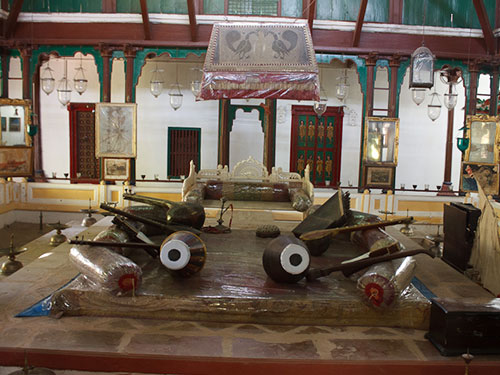
Built in 1740 by way of Lakhpatji who had an ardor for music, art, structure, and literature. this turned into an amusement room, decorated by way of nice portions of art, Belgium chandeliers and lamps filled with colored water.
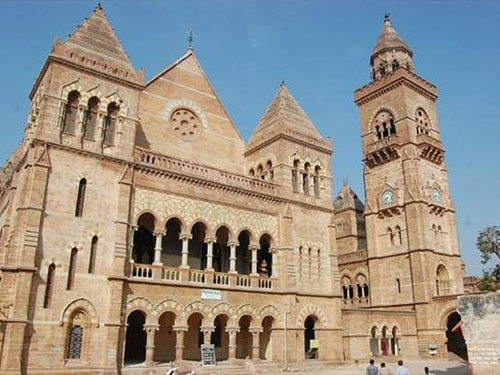
Also known as the hall of mirrors, it changed into built during the flowery rule of Maharao Lakhpatji in 1750 AD. Aina Mahal become a royal dream that had finally been converted into a fact via an exceedingly great craftsman named Ramsinh Malam. He designed it in a mixed Indo-European fashion and set about creating the substances for the palace which is second to none in its true beauty.
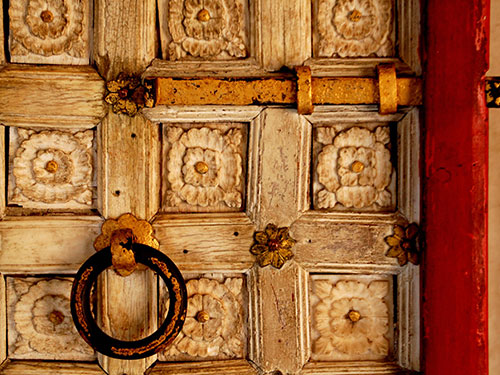
Made in 1708 AD at some stage in the rule of Maharao Godji Second through the skilled wood worker Madho, this fantastic piece of labor is an amalgamation of quality carving and inlaid ivory. It is said that exertions charges for growing this masterpiece changed into 400Kori (the Kori was the running currency of Kutch till India's independence conversion rate 1 rupee = 3½ Kori.)
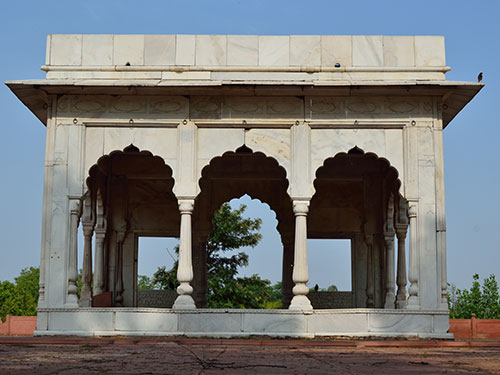
You cant miss this one !The king’s bedroom is a piece of art in itself,The Aina Mahal is a large two storey stone mansion, which was built in 1752. 27 Rocco fashion intricately carved, gold plated mirror frames enhance the room , every layout is one-of-a-kind. Semi valuable stones have been engraved into marble panels with first-rate Minakari paintings. Those panels had been then screwed into the walls. Small home windows for air flow were made, earlier a 3 foot long Zardozi embroidered fan hung from the ceiling. It's far stated that a regular supply of mild air is all it took to mild up the complete room in no time.
The Maharao’s mattress is displayed in the Hira Mahal, its a 4 legs product made of 24-karat gold.Most of the many other opulent and expensive objects displayed in the room are a diamond studded sword and protect which have been supplied by way of the Mughal Emperor Alamgir II inside the 18th century, an apparently designed pair of slippers which sprayed perfume on every occasion the knob at the heel turned into pressed a tricky silver and an amazing technology of the late eighteenth/early 19th century's great craftsmanship.

A Mandap is a temporary shape made for the wedding ceremony wherein the holy rites are performed.
This precise Mandap turned into this in 1884 for Maharao Khegarji III. A few articles displayed had been used historically within the royal wedding ceremony of the Jadeja Rajput a clan from Jamanagar.
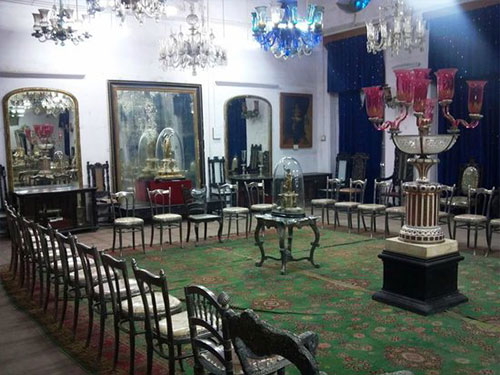
Darbar is a Persian phrase for a court in Urdu. It is used for the king to hold meetings with ministers. The seating arrangement inside the Darbar hall is such that the king sat facing his many noblemen. The seats had been organized consistent with rank. Every changed into reserved for a selected Jagirdar (even in his absence the seat was not to be used by all and sundry else). The modern association of the darbar hall is that of the British fashion, in advance Gaddi-Takiya (cotton Diwan/bed and round pillow) became used. The royal throne is made in natural silver with the Zardozi embroidered silk pillows placed on top. It's far flanked by way of a set of nineteenth century gilt wood chairs

Every ruler had a eager hobby in astrology. Every Maharao(the kings of Kutch) had his own jyotish (astrologer) who drew inventive and beautiful Janma Kundalis (horoscopes) for his grasp.
This precise horoscope( components of that are displayed) is that of Maharao Pragmalji II made in 1839. It's miles 127 feets in length and is thought to be one of the longest in the world.
Maharav of Kutch, Aina Mahal Trust, Darbargadh, Bhuj - Kutch-370 001. Gujarat (India).
09:00 am to 12:00 pm / 3 pm to 6 pm
Closed on: every Friday and National HolidaysEntry Rs. 10/- and Photography : Rs. 30/-
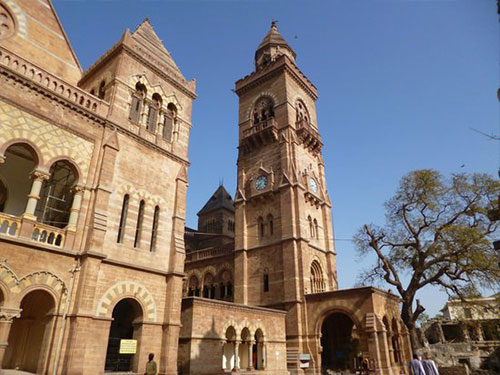
Constructed within the 1860's and 1870s in a Venetian-Gothic fashion, Pragmalji's palace has pointed Gothic arches, classical colonnades and European timber roofs. The huge staircases and deep passages are floored with colourful Minton tiles and coated with handrails on classical balusters. The highlight is the Darbar corridor, which has Corinthian pillars, molded ceilings, massive Venetian chandeliers, Greece-roman statutory, classical balustrade galleries and ceiling murals of Shakespearean characters. The furnishing is in the Victorian-edwardian and art deco fashion. The corridor, which has a group of hunting trophies, has now been converted right into a Museum. Its a must visit sight for all Kutch Visitors./p>
Old Dhatia Falia, Bhuj, Gujarat 370001 (India).
Timing: 09:00 am to 12:00 pm / 3 pm to 6 pm; in winter : 09:30 am to 12:30 pm / 02:30 pm to 05:30 pm
Closed on: Public HolidaysMonday to Saturday Rs. 20/-, Sunday: Rs. 25/- Camera: Indian Rs. 30/-, Foreigner : Rs.100/- & expenses for video camera pictures Rs.100/-, Foreigner : Rs. 200/-]
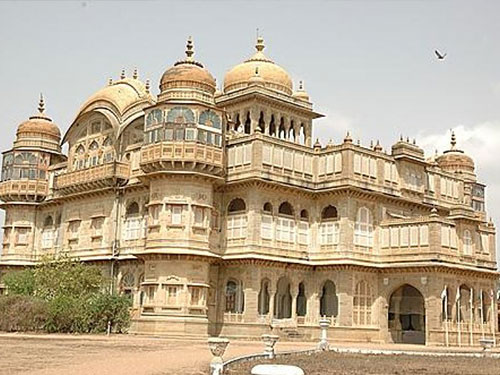
The last Maharao in 1991 and his palace to the east of the lake has been become a small Museum. A retreat of the Maharaos of Kutch, this Museum displays a group of silver caskets, crammed tigers, elephant tusks or even Maharao Madan Sinhji's tennis trophies! The folks Museum has a re-created Kutchi village within the forecourt and an first rate collection of beadwork, embroidery, leather articles, woodcarvings, pottery, and historic relics.
This amazing 1867 Italianate palace, set among color bushes complete of crows and bats, was the home of the final Maharao of Kutch, Madansingh, until his loss of life in 1991. It lost most of its third ground in the 2001 earthquake, and the closing decrease floors are closed. However, the adjoining former dining corridor now homes the palace’s eclectic Museum series. Standout reveals are large crammed tigers that the erstwhile Maharao shot, and his coffin.
Old umed nagar, Bhuj, Gujarat 370001
9:00 am - 12:00 pm & 3:00pm - 6:00pm
Closed on: Every FridayRs.25/- (notice: photography allowed only with valid permission)
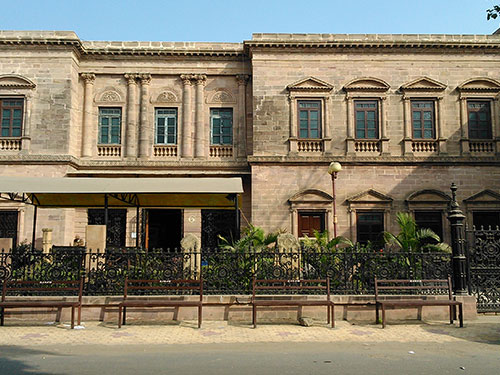
The Kutch Museum was built up within the year 1877 AD with the aid of the British governor of mumbai referred to as Sir James Fergusson - a true lover of Gujarat. It become due to the call of its founder that Kutch Museum, Bhuj was first of all named as Fergusson Museum.
The Kutch Museum, Bhuj boasts of displaying a huge variety of rare artifacts which encompass:
All the gadgets which are displayed within the Kutch Museum, Bhuj were meticulously showcased with adequate causes alongside each object. The labeling and reasons have been provided inside the English and Gujarati languages.
Old Dhatia Falia, Bhuj, Gujarat 370001 (India).
10:00 am to 1:00 am / 2:30 pm to 5:30 pm
Closed on: Wednesday & second & 4th Saturdays of the monthIndians Rs. 05/-, Foreigner: Rs. 100/-
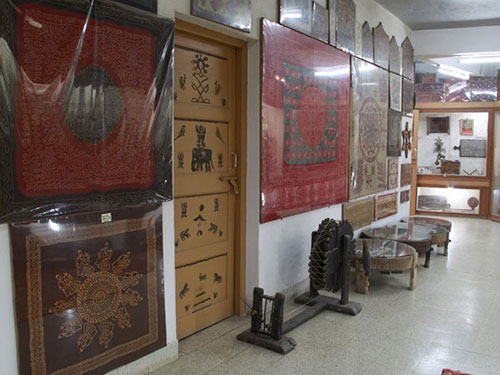
A Kutchi cultural middle, placed further south along university road (which leads away from the lake beyond Alfred high college, the Ramkund Stepwell and the Swaminarayan temple), this venue. Carries an terrific series of Kutchi folks art and crafts, specifically from the greater remote areas of the district, gathered by using a woodland carrier reliable as he traveled around doing authorities work. There also are reveals of rural structure, art work, fabric arts and archaeological specimens.
Old Umed Nagar, Bhuj, Gujarat 370001
10:00 am - 1:15pm & 2:00pm - 6:00pm
Closed on: Every MondayFor Indians Rs.10/- for Foreigners Rs.50/-
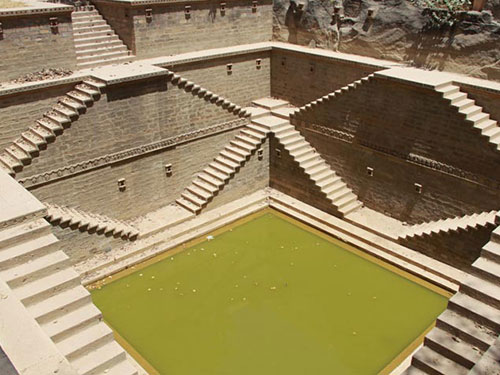
Across from the Kutch Museum and in the back of the Ram Dhun Temple, the Ramkund properly is a square Stepwell, fifty six feet on a facet, with sculptures portraying characters from the Ramayana, along with lord Ram, Devi Sita, Lakshman and lord Hanuman, in addition to the 10 incarnations of lord vishnu along the partitions. In your stroll down to the water you enjoy a unexpected calm and coolness no longer to be observed on the street above and in the quiet, you could pause for a while to mirror to your self. The Ram Dhun temple, just in front of the well, is also worth a brief visit.
Close to Hamisar Lake
10:00 am to 8:00 pm
Open on: every dayEntry Free
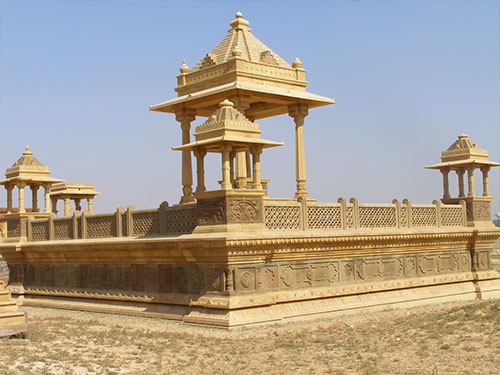
About a 20-minute walk southwest of Hamirsar lake, through open areas that now not appear like you're in the metropolis, are the royal cenotaphs (memorials to the ones now not surely buried there and, in this example, no longer buried at all but cremated). Many of the monuments are in ruins due to earthquakes, but those of Lakhpatji, Raydhanji II and Desarji are nonetheless quite intact. The scenario may be very quiet, out in the center of a discipline, not surrounded by way of homes, and is very non violent in morning or night, even though inside the middle of the day it could be quite hot below bright sun.
Sunrise to sunset
Access Free
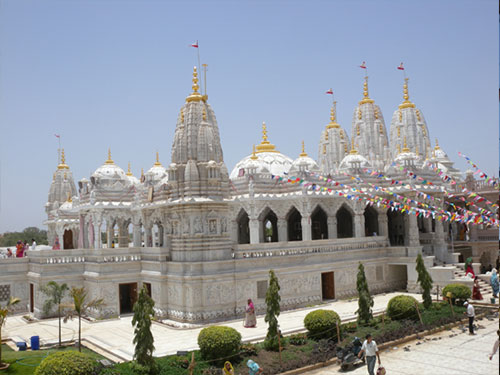
Like most of the Swaminarayan temples, this one has the standard brightly colored wood carvings around the building, broadly speaking depicting lord Krishna and Radha. Positioned just down the road from the Ramkund Stepwell and the Alfred High School, the temple marks the spot in which Swaminarayan sat with neighborhood holy men when he came via Bhuj. Swarminarayan temple is one of the most famous locations of Bhuj. Tourist can take various sight seeing tours while staying at Rannutsav tent city.
Tirth Dham, Shree Swaminarayn Avenue, opp town police station, Bhuj, Kutch, 370001 Gujarat, India
Opens from 6:55 AM
Tuesday : 09:00 am - 12:00 pm 04:00 pm - 09:00 pm Wednesday : 09:00 am - 12:00 pm 04:00 pm - 09:00 pmMangla - 05:15 AM
Shangar - 06:30 AM
Rajbhog - 11:20 AM
Sandhya - 07:30 PM
Shayan - 08:45 PM
Open on: Every DayNo Fees
Get An Experience Worth a Lifetime Book Now
Pay Now With Credit Card , Debit Card.
